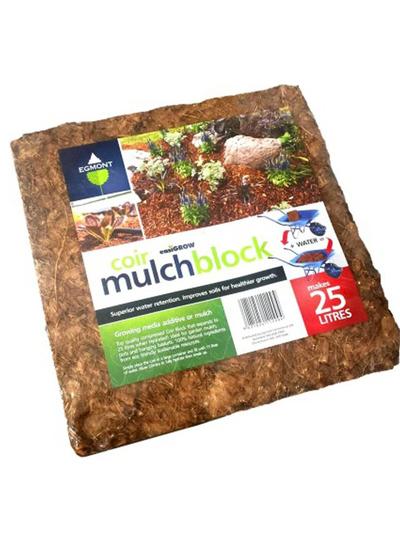
Blueberries are a versatile and nutritious fruit that makes a great addition to any garden. Not only are they easy to grow, but they also serve as lovely specimen plants in containers or as a low hedge. Packed with antioxidants and fibre and low in calories, they’re a powerhouse addition to your diet and landscape.
Prepare Soil
Garden: Blueberries require fertile, acidic, well-drained soil with full sun exposure. Mulch to keep roots cool and moist but avoid waterlogging, as they dislike “wet feet.” Incorporate Oderings Peat or Tui Sheep Pellets to help retain moisture and add organic matter.
Pots: For container-grown blueberries, use an acid-based potting mix with peat, avoiding lime or regular compost, to maintain soil acidity.
Feed
Garden: Apply a slow-release acid fertiliser in spring and summer.
Pots: Use Yates Thrive Berry Liquid Fertiliser for regular feeding through the growing season.
Watering & Mulching
- Keep soil consistently moist, especially in the last two weeks before berries ripen, as lack of water can result in small, underdeveloped fruit.
- Mulch well to retain moisture and maintain a stable root environment.
Protection
- Cover with bird netting as birds are often attracted to the berries.
- Blueberries are generally hardy to minus four degrees but protect them from frost to avoid damaging flowers.
Pruning
- Minimum pruning involves removing dead, damaged wood and weak or twiggy old branches.
- After four to five years, remove some of the oldest branches to encourage new growth, as fruit is produced on the previous season’s wood.
- Light pruning can be done year-round, but heavy pruning is best performed in winter.
Harvest
Blueberries are self-fertile but yield larger crops when planted with a second variety. Berries can be harvested once fully blue and easily come off the plant.
Garden Expert Tip
Growing multiple blueberry varieties can boost yield and enhance berry flavour. To keep plants thriving, use acid-based soil amendments and avoid lime.








